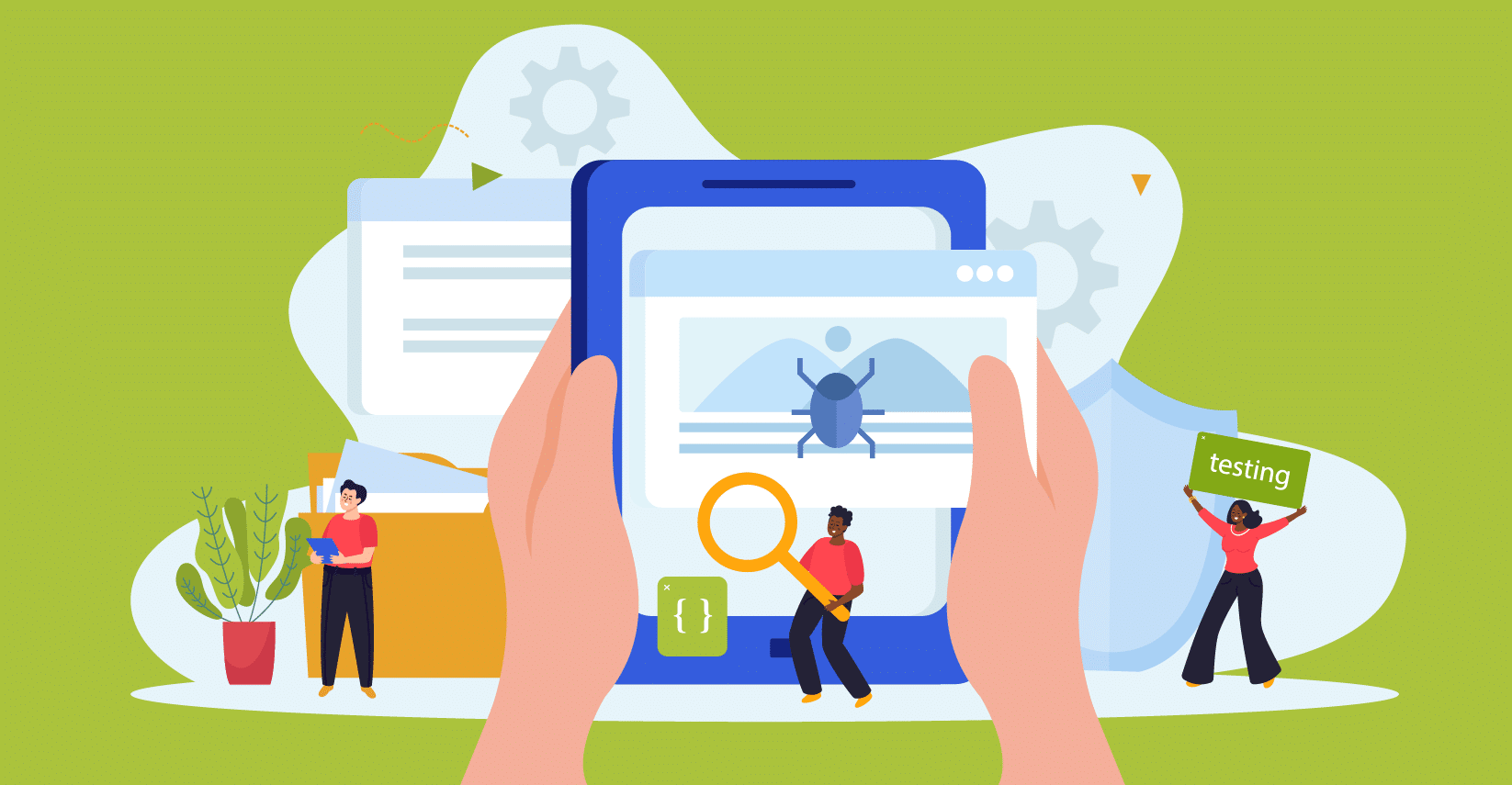Bugs are very common in every program, no matter if it is a new or an old one. That being said, when you release a new product, you must ensure it has little to no defects. A defective product may not only reduce your credibility as a brand but can also lead to sales losses. This article will talk about defect tracking tools and how to choose the right one for your product.
What Is a Bug Tracking Tool?
When you develop a product, you need to ensure that there are no defects by the time it reaches the consumer. Finding defects might prove to be difficult if you go manually through the code, which is why a bug-tracking app can help speed things up for you. Not only can it find and keep track of these technical glitches, but it may also improve the collaboration and efficiency of your team.
What to Look for in Defect Tracking Tools
When you are looking for the right bug management tools, you should consider several points. This includes the following:
Functionality
First, you should think about the features of the program and determine whether it works for your team or not. Can you create custom templates? Does it have any size limits? Can you assign team members or prioritize certain defects? Make sure that the bug traffic tool you are using includes your most necessary options.
Collaboration
As you are developing a product, chances are that you will have a team you will be in contact with constantly. Each member has a role to play, and you will likely pass tickets or emails to one another constantly. For this reason, your bug-tracking program needs to have collaboration features that can keep everyone in the loop. This includes a direct board of changes, notifications, tagging systems, and perhaps the option for individual and group chats.
Integration
Before you even begin using the bug tracking tool, you must be certain that it can integrate with all the other programs that you are using. For instance, perhaps you want to integrate it with cloud storage or a test management tool. This could spare you from having to add that information over and over, from one domain to another. The product should include the accepted third-party applications in its description.
Interface
Last but not least, when you choose a defect tracking tool, you should also make sure its interface is clean and user-friendly. You should get quick access to all the features and the design itself should be very intuitive. You want your team to spend time on product development, not on figuring out how the program works.
The Bottom Line
Defect tracking tools can be very efficient in ensuring the quality of a piece of software. By filtering out the issues and fixing them, you make sure the released product will be a success among the masses. After all, people want software that works flawlessly, without constantly crashing every minute.


























